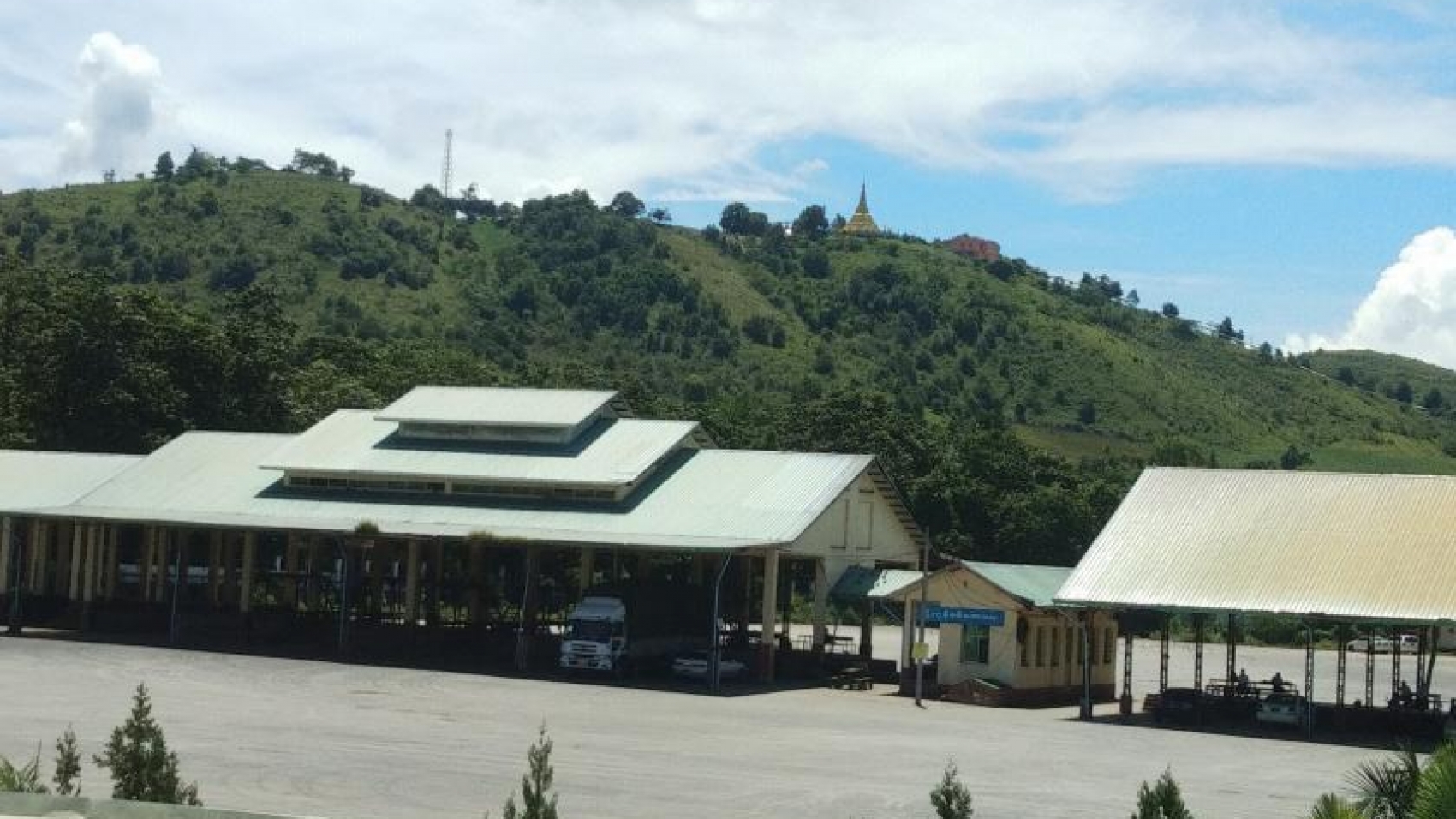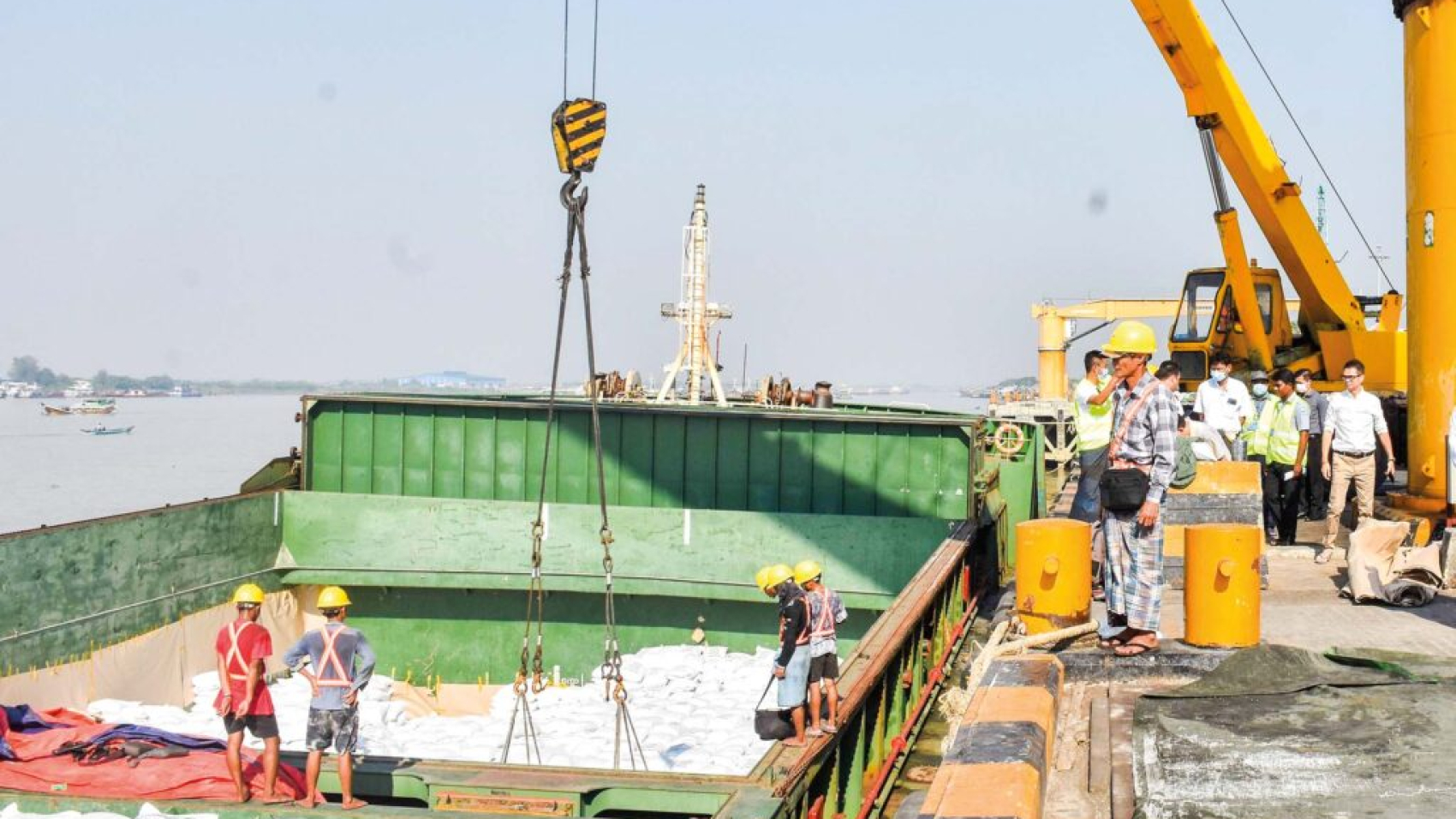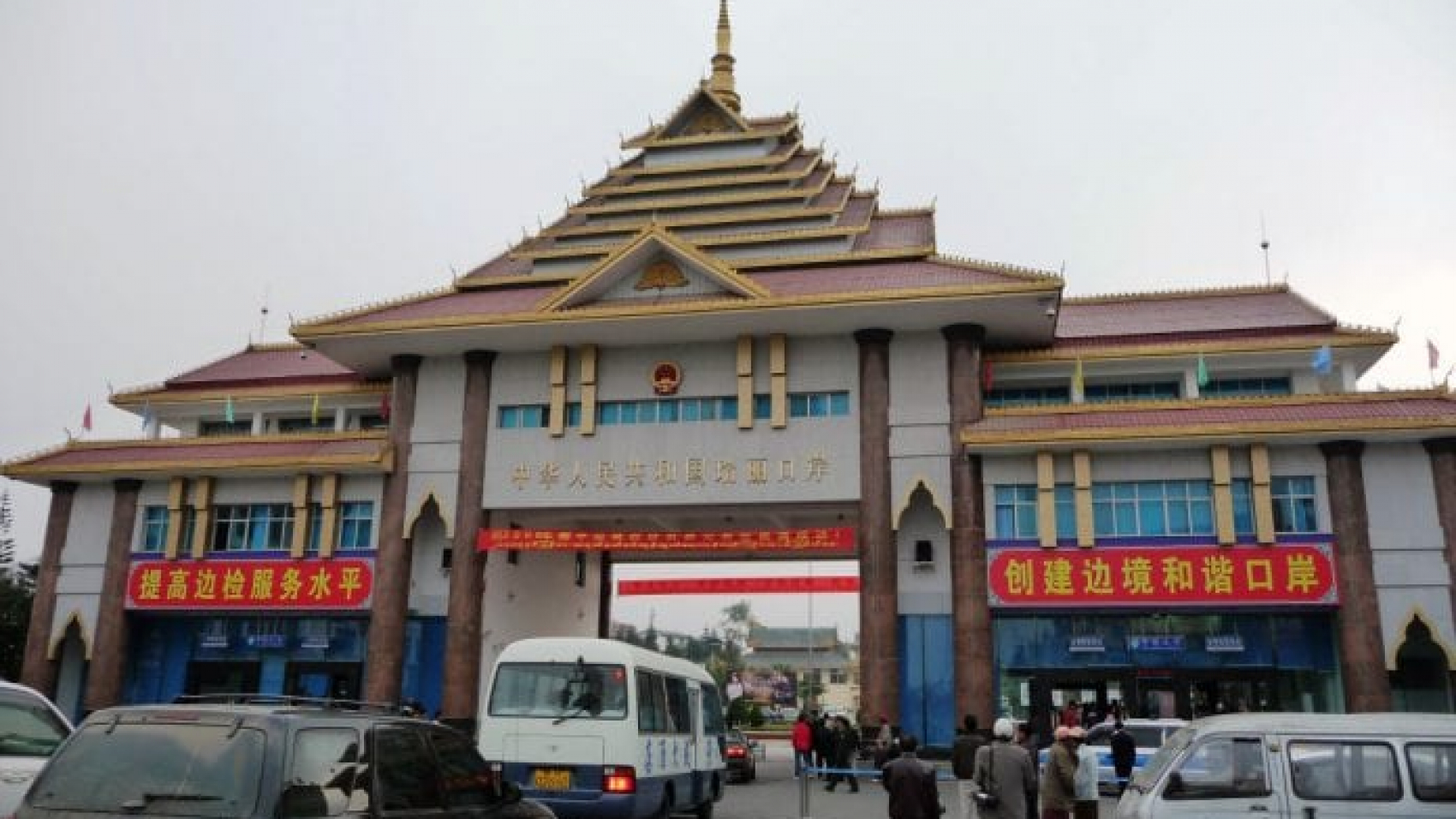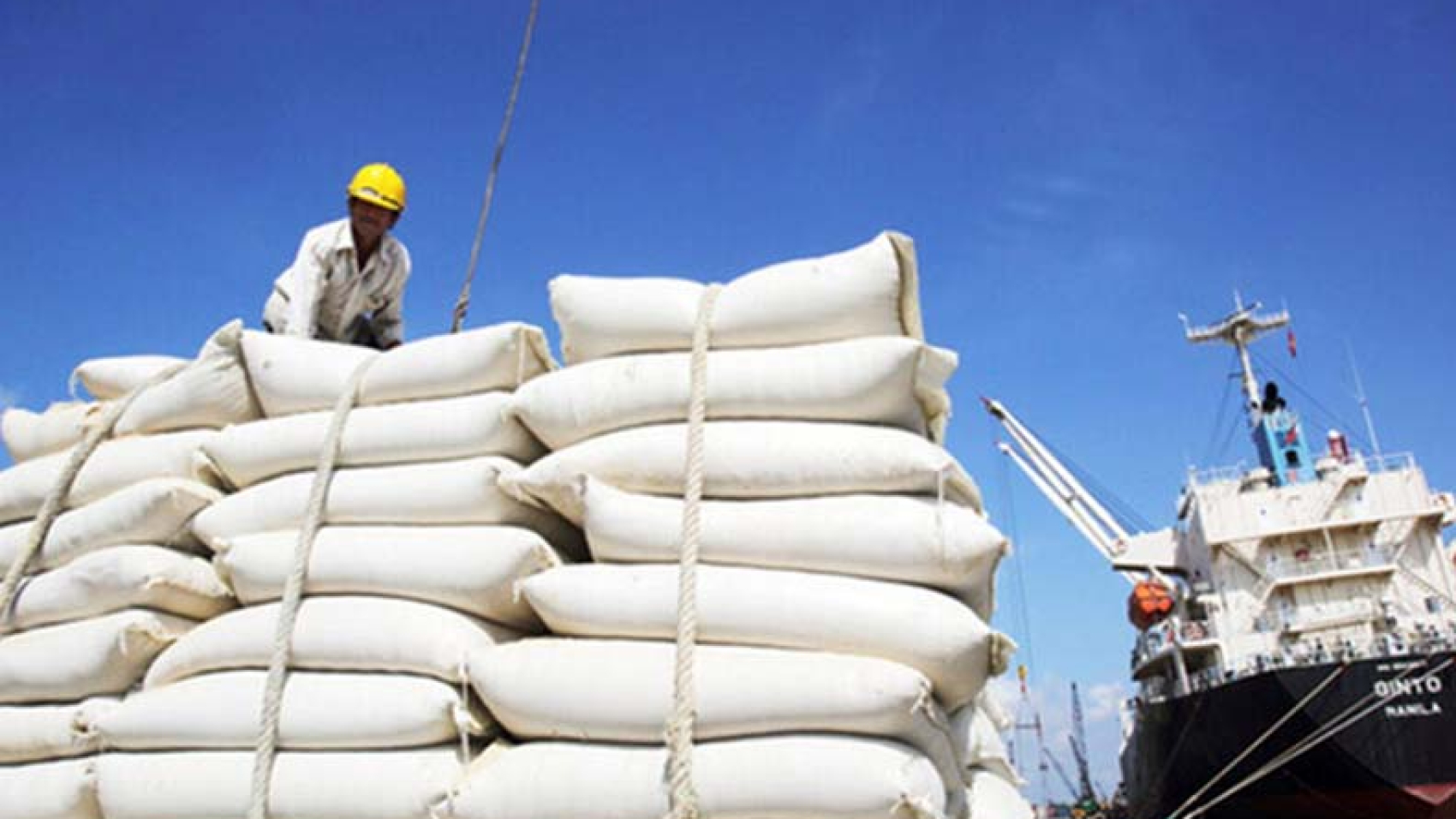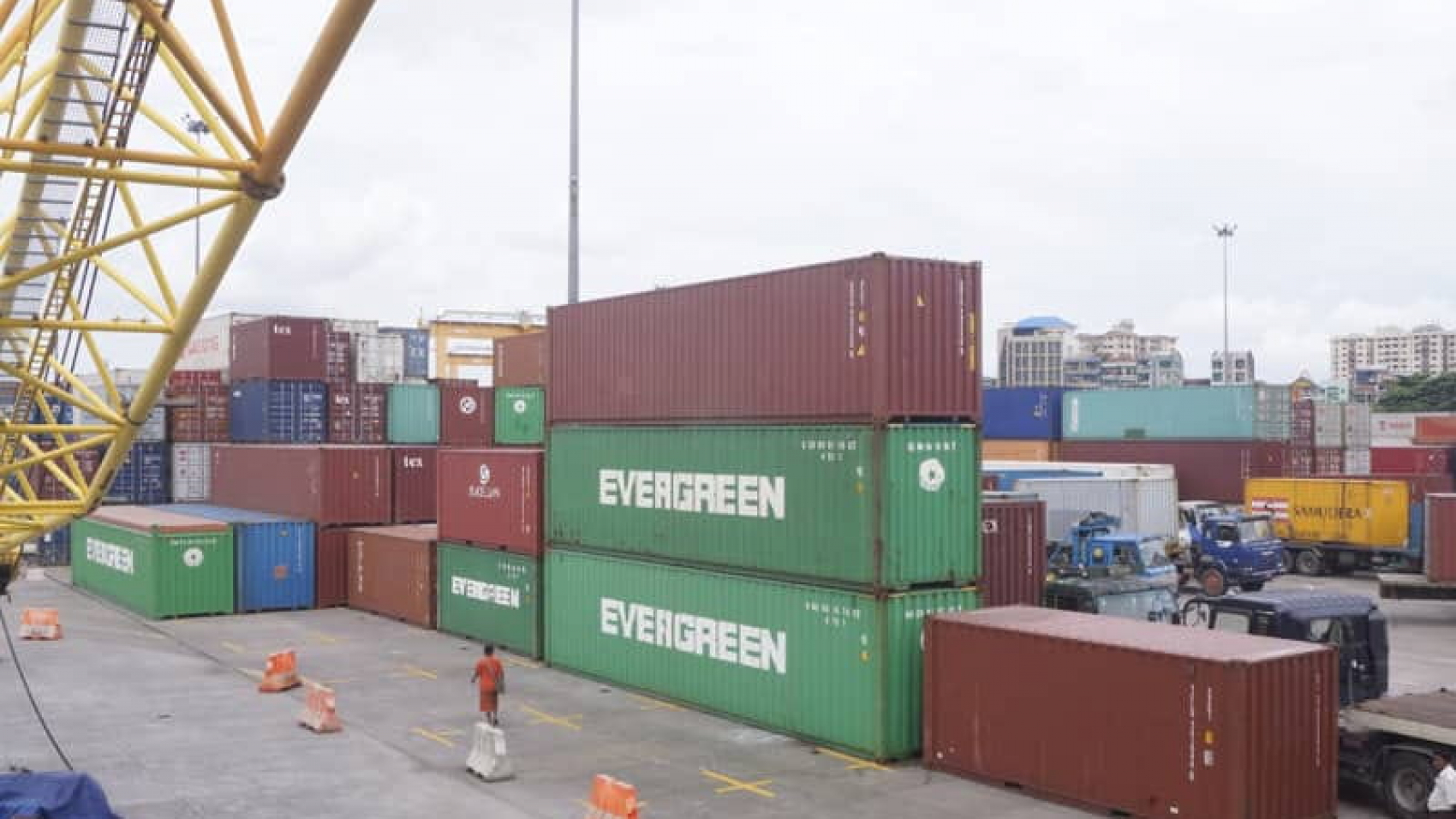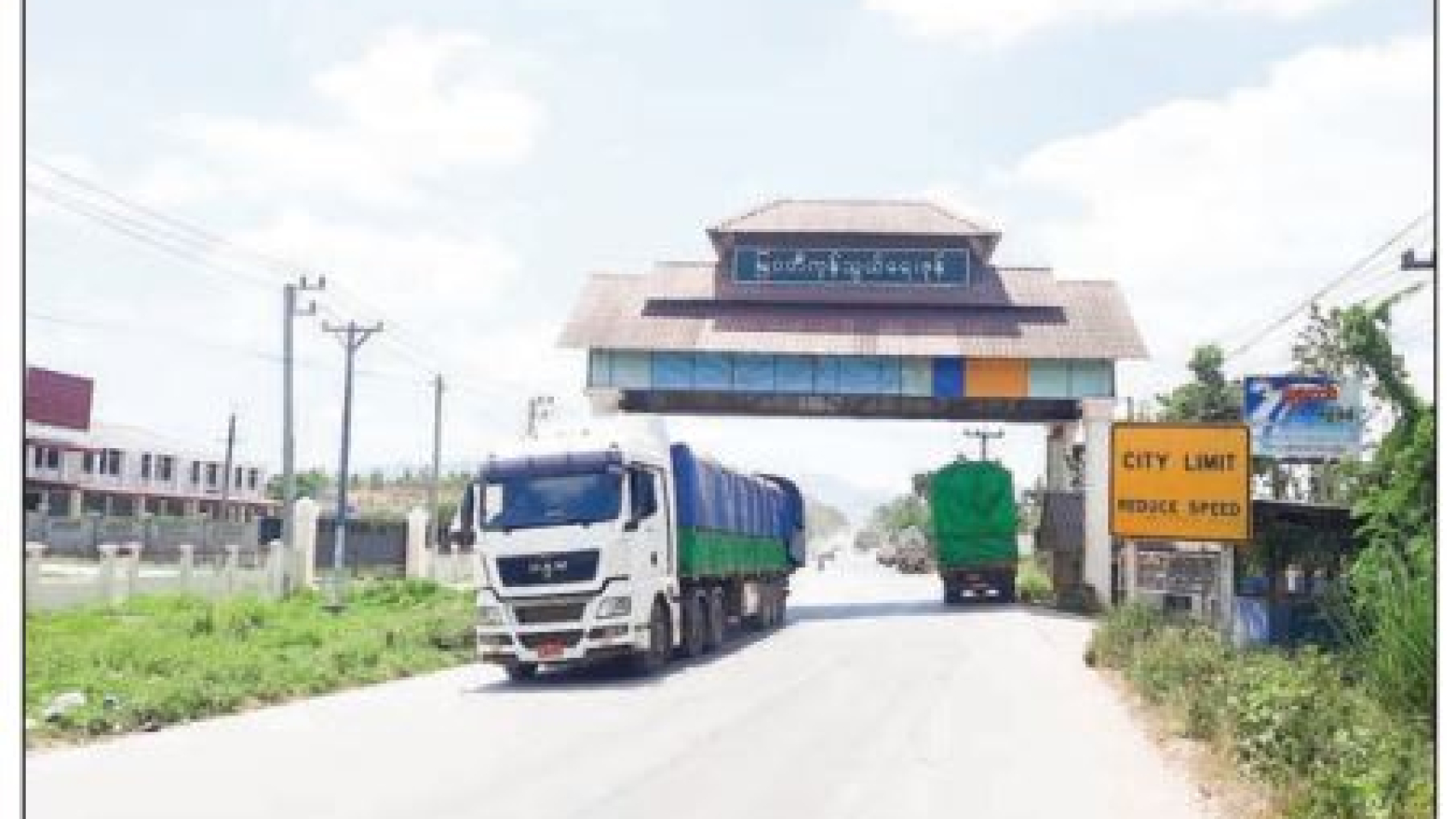The prices of rice, edible oil, onion, chilli pepper, sugar and jaggery hit an unprecedented record high this year.
Similarly, the prices of related food groups also inflated. When the prices of commodities declined, the food prices did not show a price retreat. Those traders in possession of goods reaped a handsome profit amid the fresh peak in prices rather than the growers.
Rice
The low-grade rice price rocketed from K32,000 in early January 2022 to K48,000 per bag in December. However, new monsoon low-grade rice fetched only K42,000 per bag. The broken rice exported to foreign markets increased from K28,000 to K38,000 in December. In the second half of 2022, the price of broken rice hit a peak of K40,000 per bag. The price of sticky rice also surged from K60,000 per 102-pound bag in early 2022 to K95,000 in November and then, dipped to K80,000-85,000 per bag in December.
In early 2022, the price of high-grade Pawsan from the Shwebo area was only K43,500 per bag while those from Pathein and Myaungmya areas were priced at K45,000 per bag. In September, the prices rocketed to K70,000 for Pathein-Myaungmya Pawsan and K95,000 for Shwebo Pawsan. In December, new Pawsan rice was worth K64,000-70,000 per bag depending on the producing areas.
Palm oil
The palm oil wholesale reference price slipped from K4,450 to K4,360 per viss in December.
In March 2022, the original price of palm oil was K6,445 per viss if it was calculated on the dollar exchange rate at K1,787. The reference price was set at K6,575 per viss. The wholesale market price was K70,000 per viss.
From mid-2022, the reference price was issued on Mondays depending on the imported palm oil prices. The reference price increased to K5,815 per viss in the last week of June and then dropped to K3,525 per viss in early August. The reference price was set at K4,360 per viss at the end of December, while the delivery order price was K5,150.
The market prices are way higher than the reference price. The palm oil price rocketed to K9,500 per viss in August. The wholesale market price of palm oil fluctuated between K4,500 and K9,500 per viss in 2022. The wholesale prices of peanut oil stood at K6,000 per viss in early 2022, K13,000-K14,000 in August and K9,500 in December.
Pulses
The new black gram price was approximately K1.3 million per tonne in early 2022 and the price rose to K1.7 million in December. The price hit the highest of K2.1 million on 31 August.
Similarly, the price of pigeon peas rose from K1.2 to K1.7 million per tonne in December. It soared to K2.175 million per tonne on 19 September.
The price of chickpeas that is highly consumed in the domestic market slightly moved up to K4,050-K4,250 in December from K2,950-K3,050 per viss in early 2022. It hit a record price of K4,400-K4,700 per viss in mid-September. Also, the price of green gram (Shwewah variety) slightly decreased to K2,830-K3,000 in December from K2,950-K3,200 per viss. In early September, they were priced at K3,165-K3,500 per viss.
Onion
The wholesale prices of onions moved in the range between K800 and K1,050 per viss in early January 2022 depending on the size and varieties. The price data showed a three-fold increase of K2,400-K2,800 per viss in December. The highest price of old summer onion was K5,100 per viss on 2 December.
Early entry of fresh monsoon onions in November occurred in the market. There has been no entry of old summer onions to the Yangon market since the second week of December. The prices of onion stood at K4,800 per viss from the Myittha area and K4,400 from the Myingyan area.
Garlic
The prices of garlic from Shan State (Aungban area) hit a five-year high of K3,700-K5,000 per viss on 20 December. The lowest prices were K1,500-K3,000 per viss in early December.
Meanwhile, Kyukok garlic price hit the highest of K7,000 per viss on 8 March. The price declined to K2,600-K2,800 in the last week of June and K3,400 per viss at the end of 2022.
Potato
The wholesale prices of potatoes were K1,800-K2,100 per viss of Shan potato and K1,650 for Chinese potato in early 2022, whereas the price is relatively the same as K1,700-K2,100 per viss of Shan potato and K1,750-K2,250 per viss of Chinese potato.
On 14 September, Shan potatoes were priced at K1,500-2,300 per viss and Chinese potatoes were valued at K2,450-K2,500 per viss. At the end of 2022, the supply of Chinese potatoes outstripped the entry of Shan potatoes.
Jaggery, sugar
This year, the prices of sugar and jaggery climbed to the fresh peaks in history. When the sugar mills are running, the prices do not usually go up. In December 2022, the wholesale price of sugar hit K2,620 per viss.
The prices were estimated at K2,000 per viss of sugar and K1,950-K2,750 per viss of jaggery in early 2022. On 21 September, the maximum prices were K2,550 per viss of sugar and K3,700-K3,750 per viss of jaggery.
Tamarind
Only the prices of tamarind remained unchanged in 2022, ranging from K2,000 to K2,900 per viss in January and the prices stood at K1,900-K3,200 per viss at December-end.
Chilli pepper
The chilli pepper was recorded with the highest fluctuation in 2022. The price tremendously jumped to K31,000 per viss of bell pepper, K20,000 per viss of Moehtaung variety and K21,500 per viss of long chilli pepper processed in cold storage.
In early January, Moehtaung chilli pepper was priced at K8,000, while long chilli pepper from delta regions is valued at K5,000 and bell pepper was valued at K8,500-K9,500 per viss. At the end of the year, the fresh supply of new chilli peppers drove the prices down to K13,500 per viss for long chilli peppers, K12,000 for Moehtaung variety and K14,000 for bell pepper.
Source: The Global New Light of Myanmar



